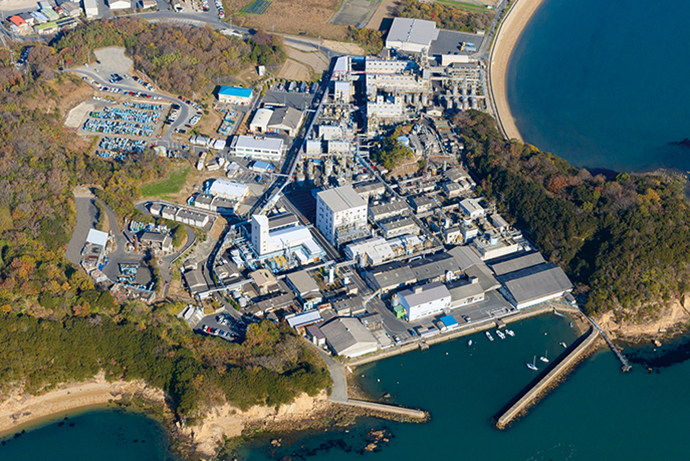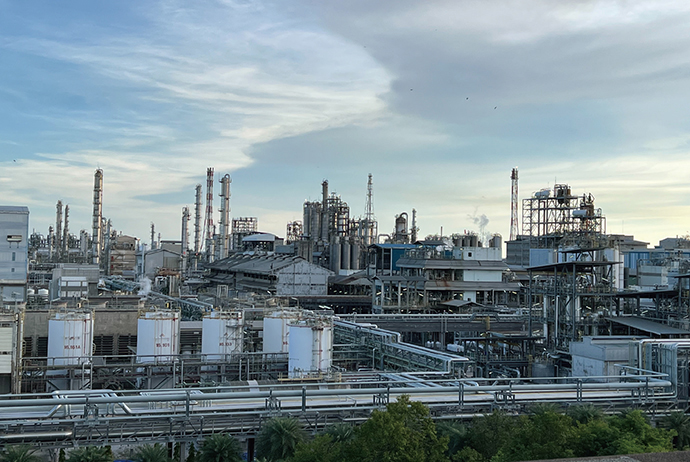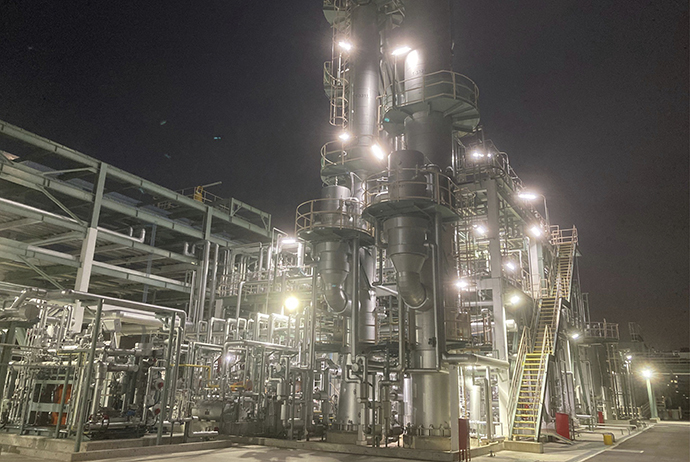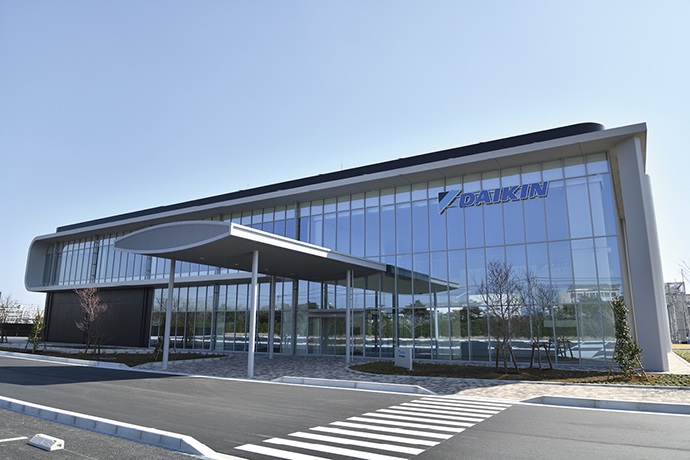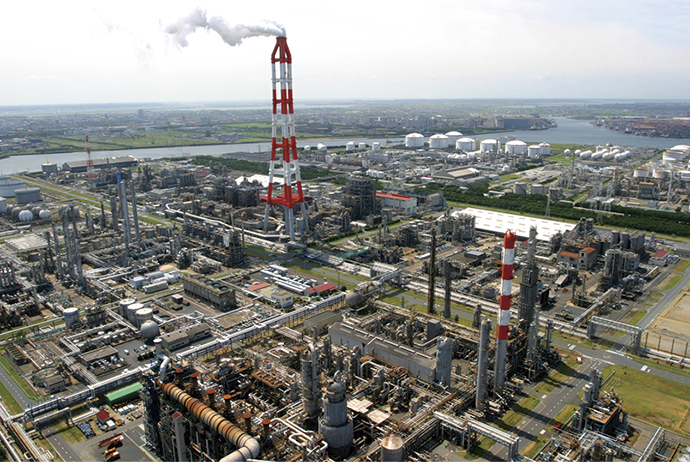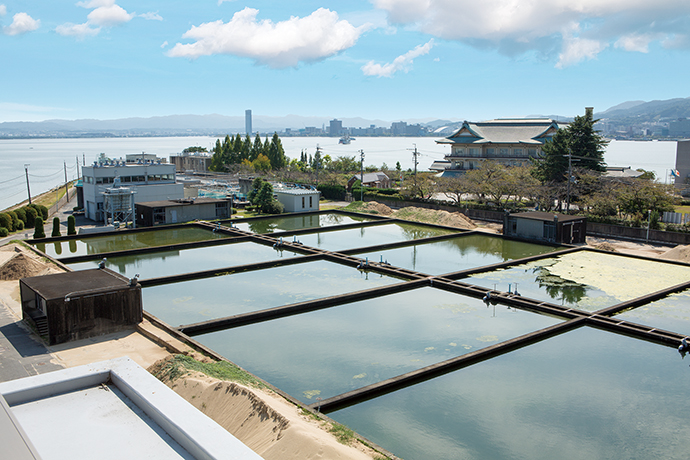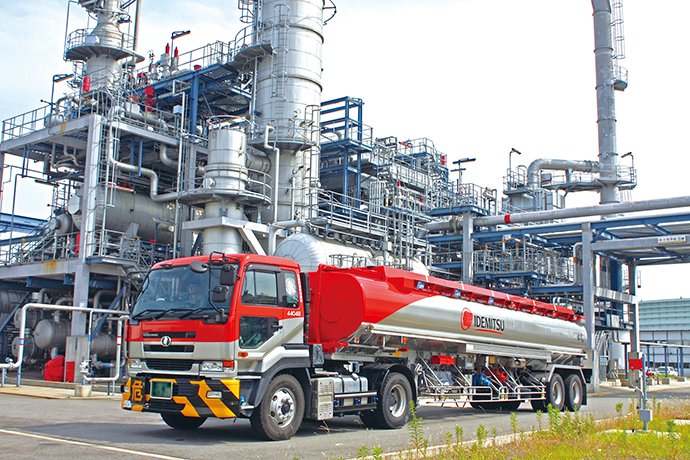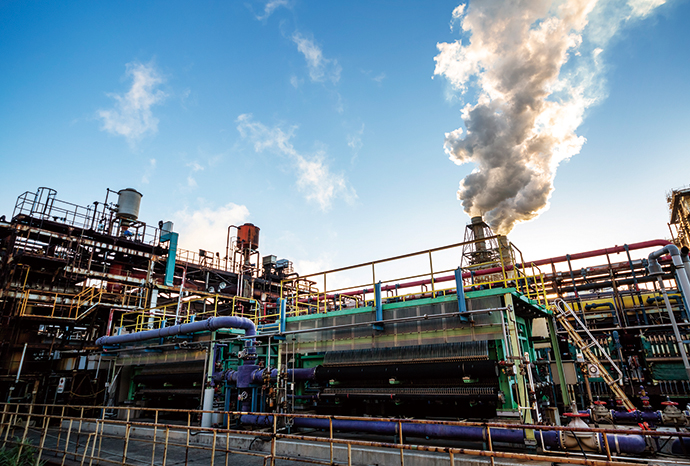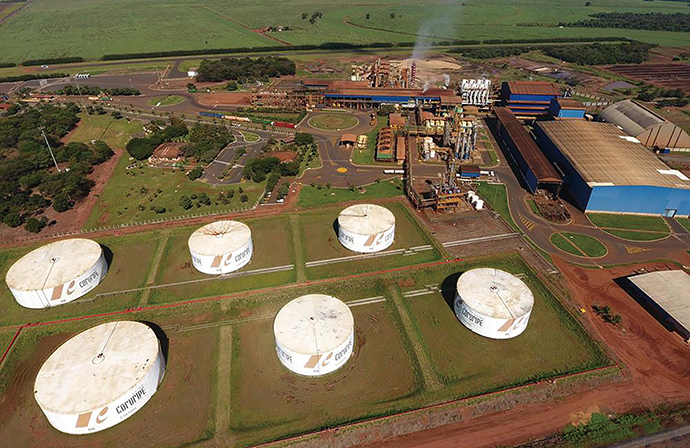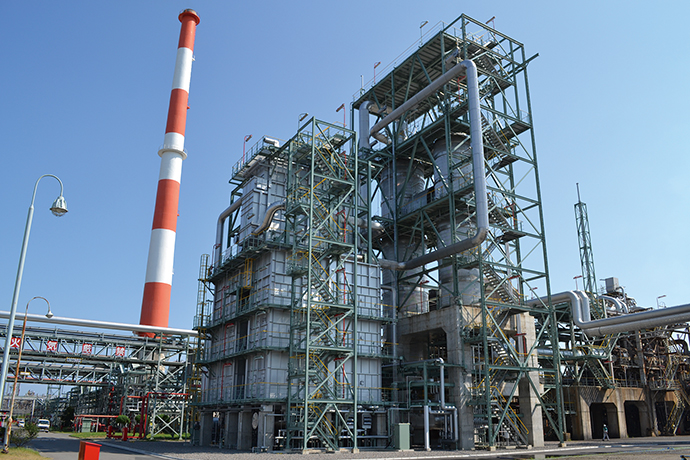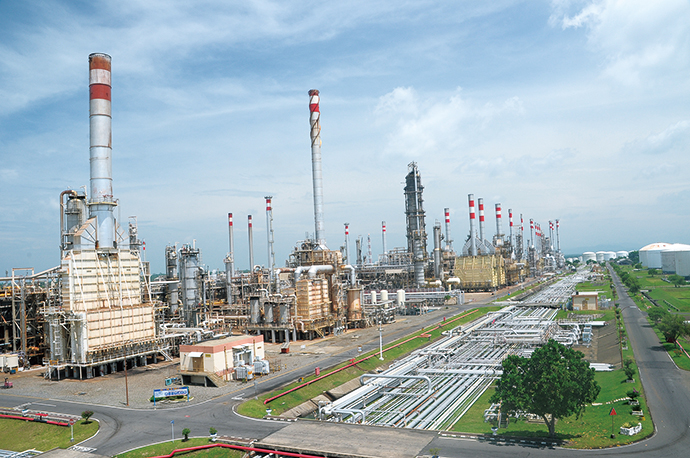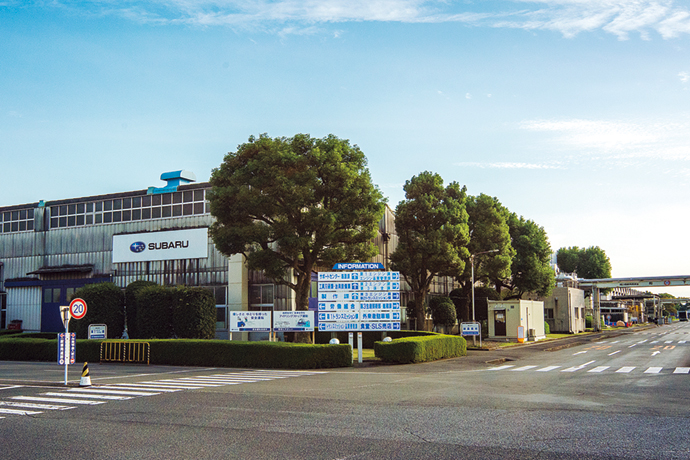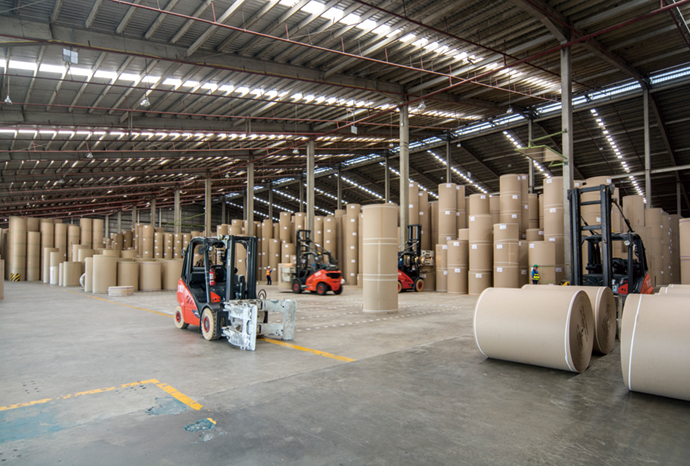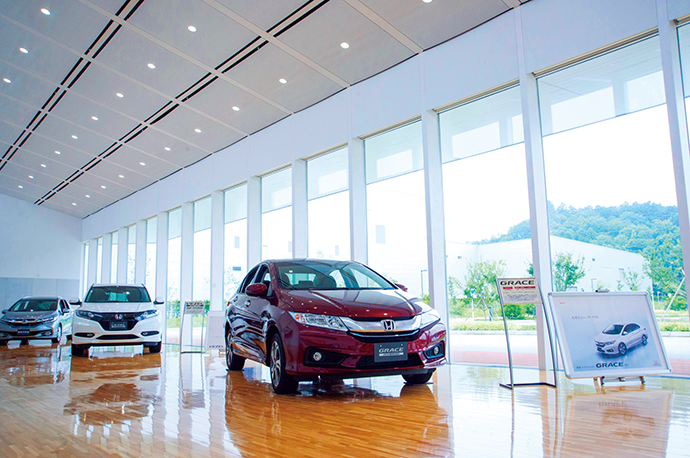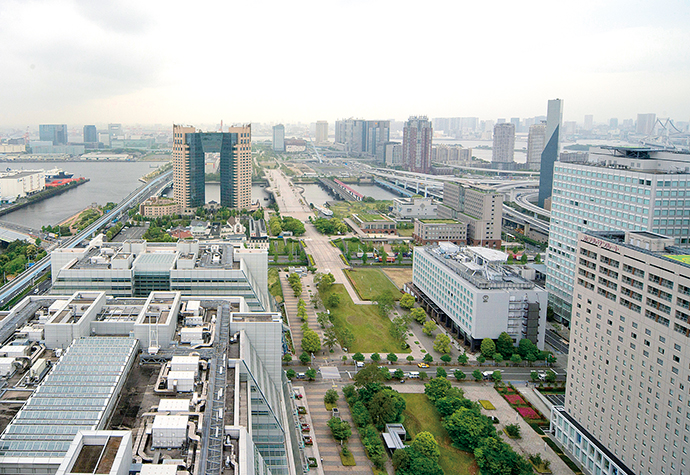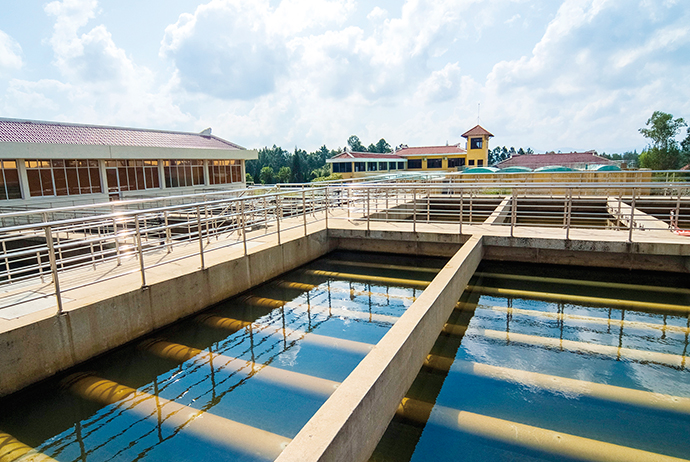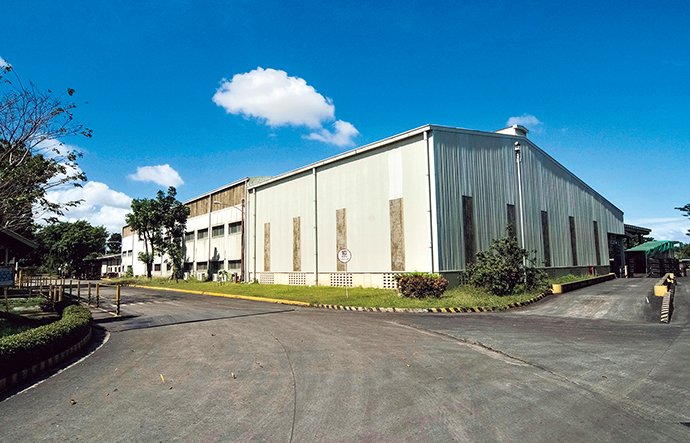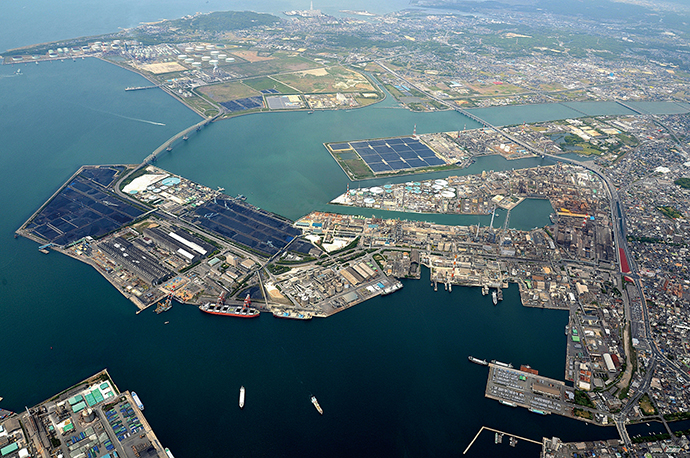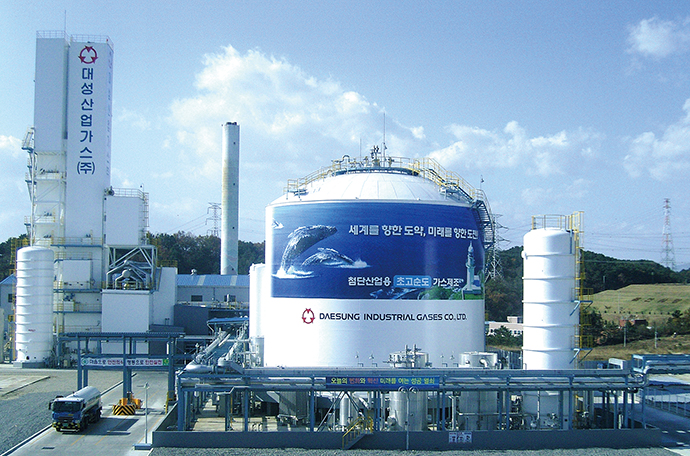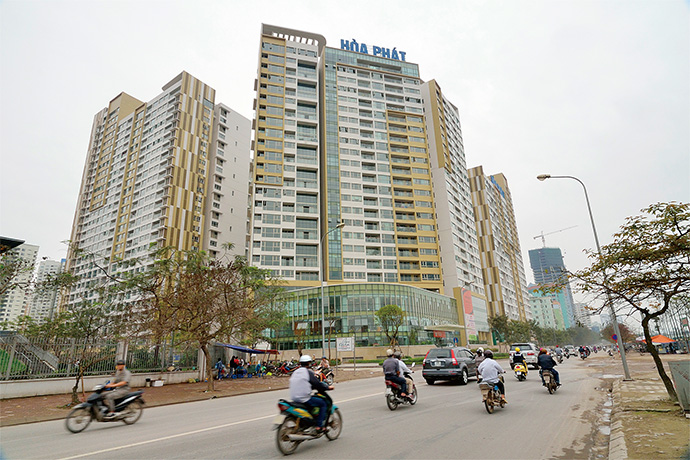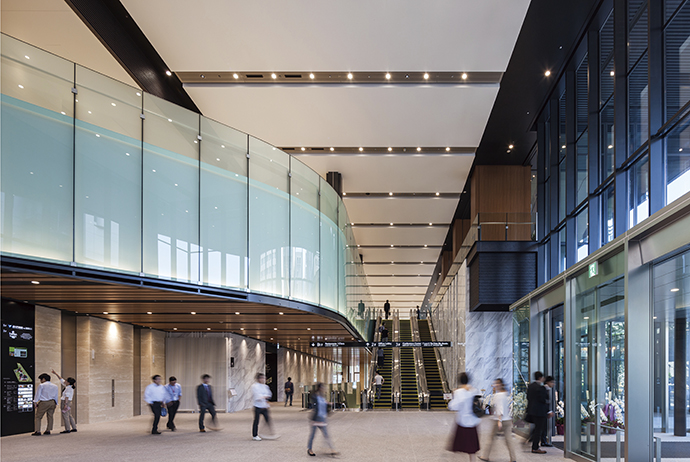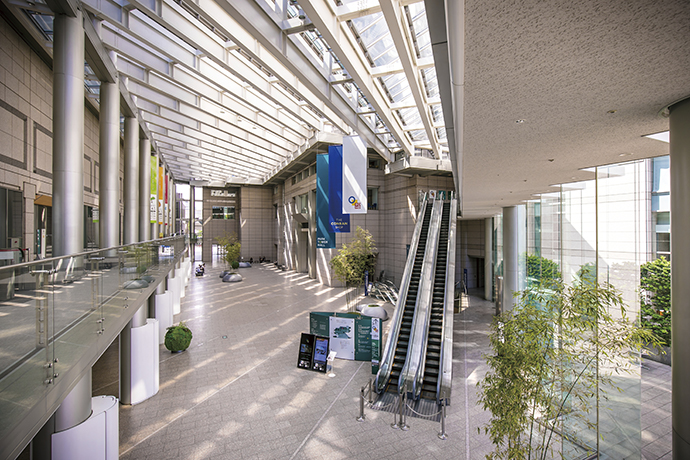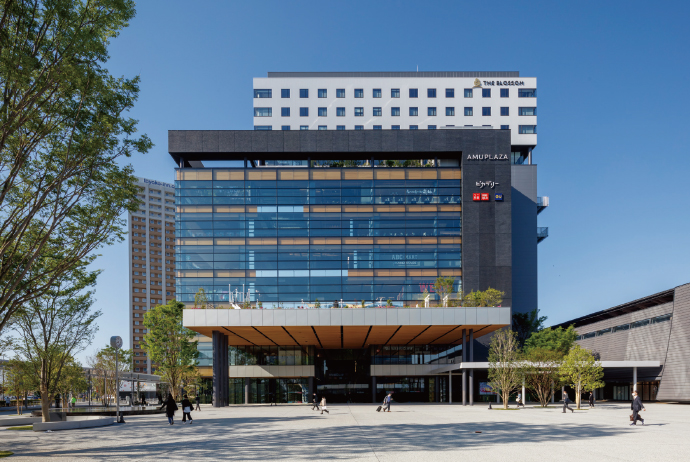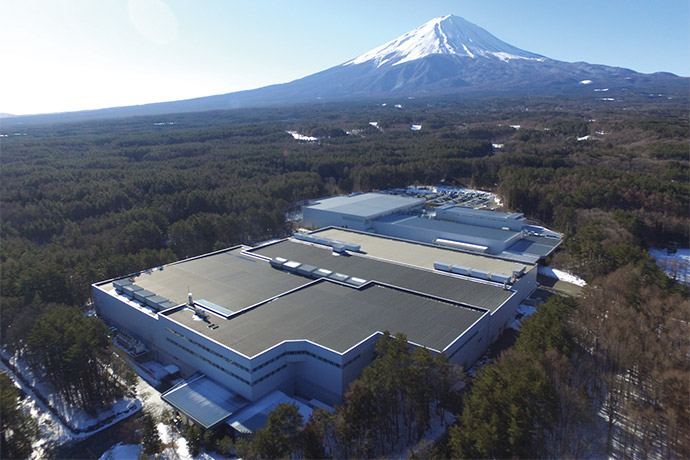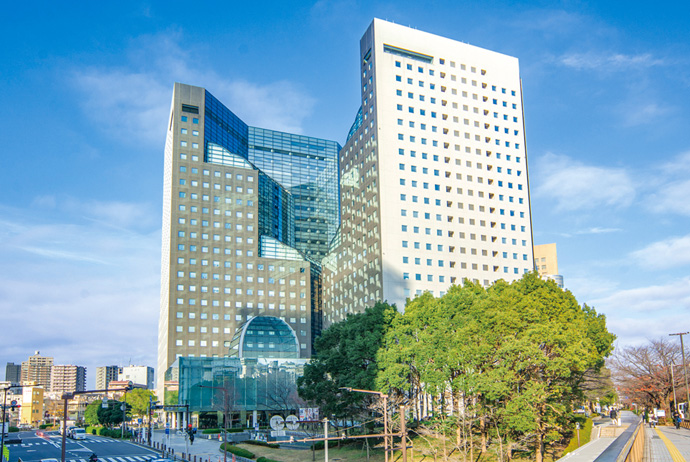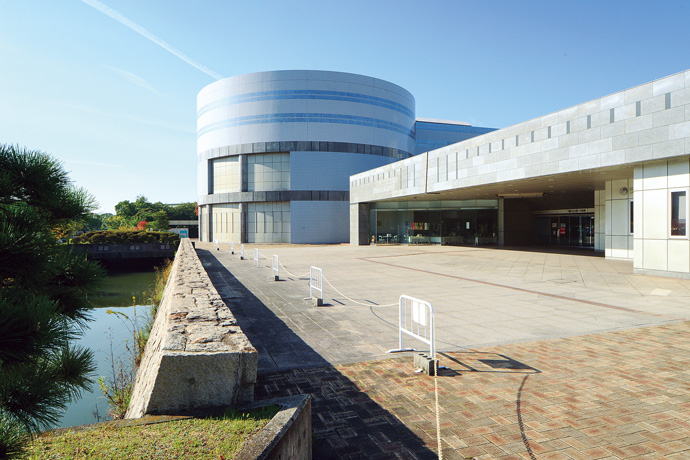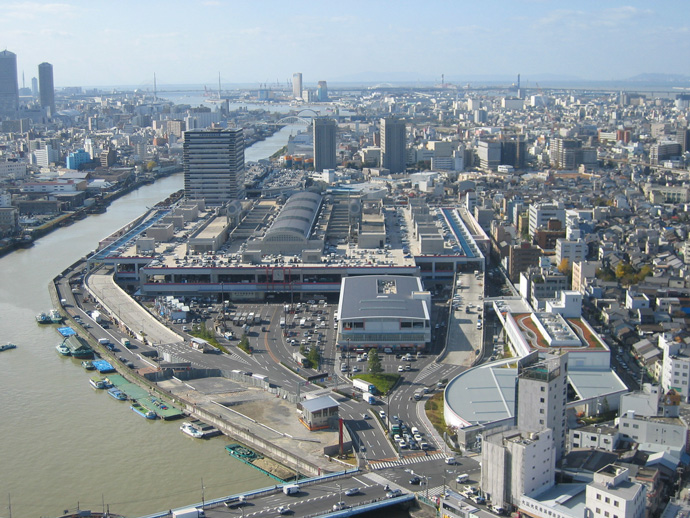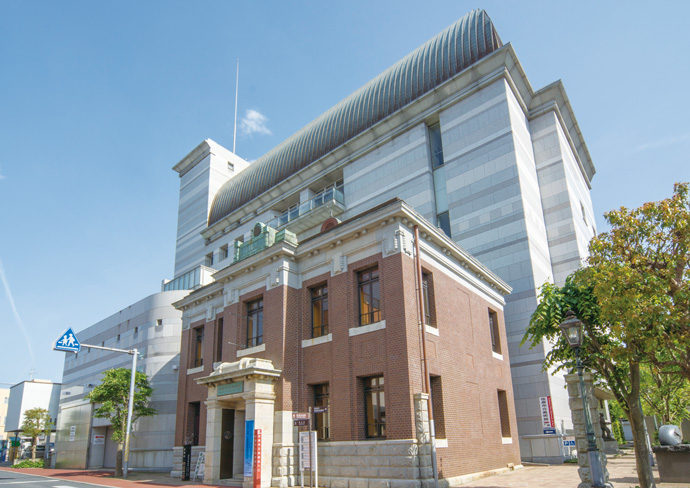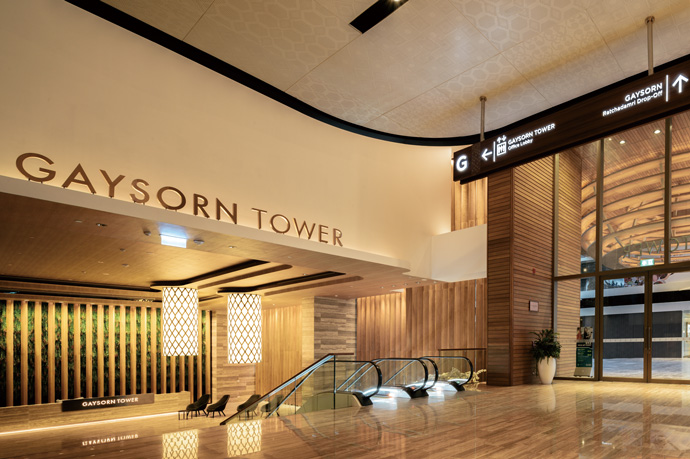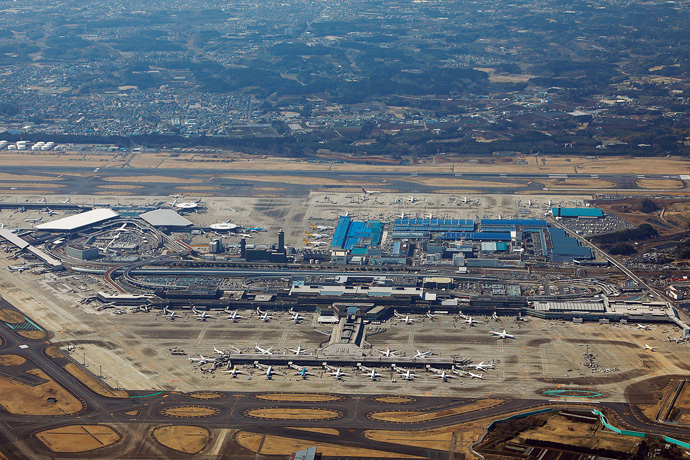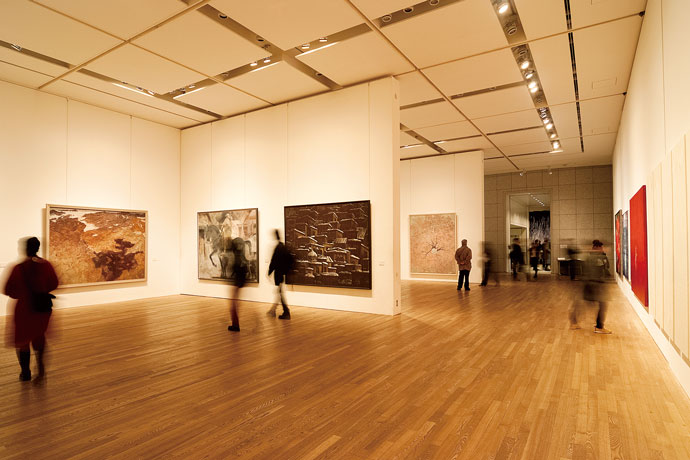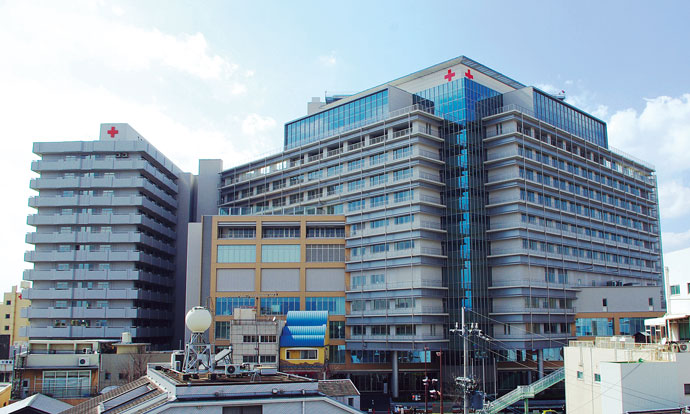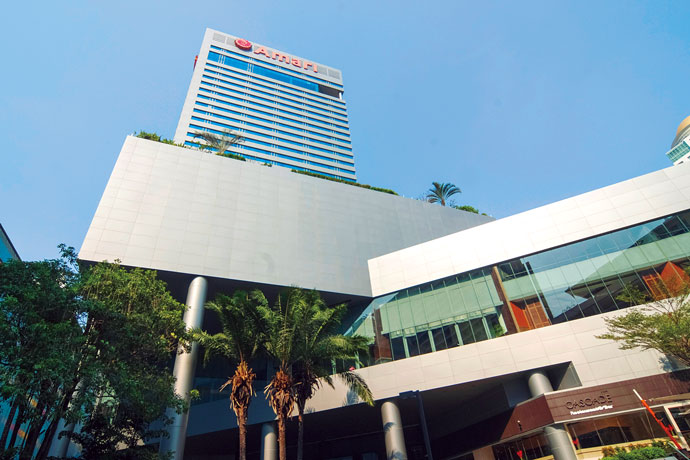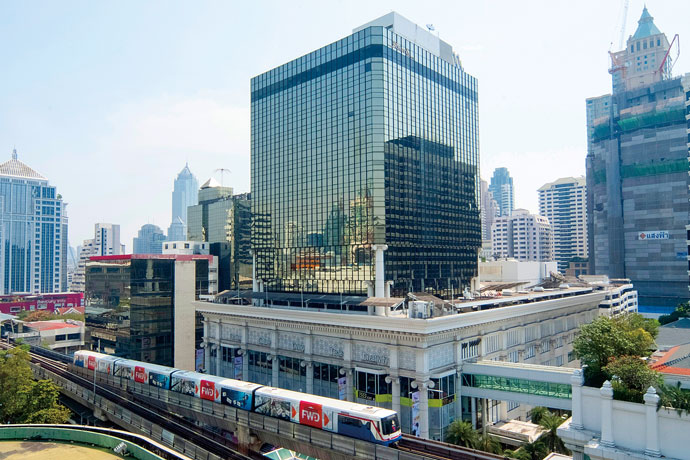Wind Challenger Project
The Wind Challenger Project of Mitsui O.S.K. Lines, Ltd. (MOL) is an effort to reduce the consumption of fossil fuels, improve the fuel efficiency of merchant ships, and reduce environmental impact by using wind energy for ship propulsion. At the bow of the ship a sort of “sail” is installed that can be extended and rotated according to the direction and strength of the wind. The company’s innovative project, which is expected to significantly reduce greenhouse gas emissions, was widely covered in newspapers, magazines, TV news, etc., and attracted considerable attention not only from the shipping industry but also from the general public.
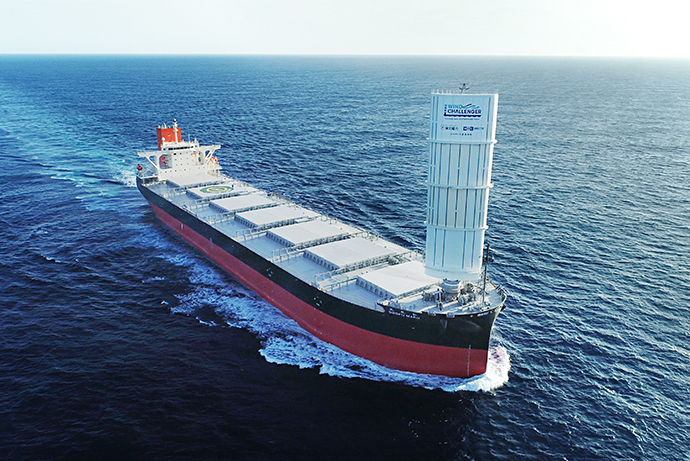
Factories and Plants Maritime Safety & Dependability Energy Efficiency Energy Management Reliable Operation Industrial Automation Control and Monitoring Systems and Software
Products/Services Provided
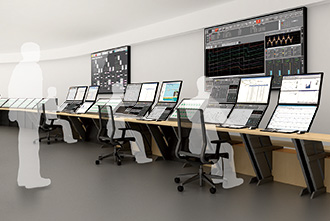
Aiming for a more sustainable society through environmentally friendly marine transportation
Mitsui O.S.K. Lines, Ltd., is one of the world’s largest marine transportation companies, with some 800 ships in operation. It provides marine transportation services, contributing to the global economy by operating various types of ships, including dry bulk carriers for transporting coal, grain, and wood chips, tankers for transporting petroleum products, LNG*1 carriers for liquefied natural gas, car carriers, and container ships that mainly transport general goods such as electrical products and clothing.
For this company, which shoulders the burden of the marine transport aspect of society’s infrastructure, one of the most important topics is environmental measures aiming at the sustainable development of people, society, and the Earth. In June 2021, the company formulated the MOL Group Environmental Vision 2.1. In it, the company set the 2035 target of reducing greenhouse gas (GHG)*2 emissions intensity caused by transportation by approximately 45% compared to 2019 levels, and the 2050 target of achieving net zero emissions*3 for the entire corporate group.
“In order to achieve its targets, the company will not only actively use clean alternative fuels like LNG and biodiesel, but also take on the challenge of introducing next-generation fuels such as ammonia and adopting innovative energy-saving technology,” says Kensuke Mizumoto, senior coordinator in the Technical Division.
A sail controlled according to wind direction and strength, converting wind energy into ship propulsion
As part of these energy-saving measures, the company is focusing on the Wind Challenger Project. This project aims to reduce the use of fossil fuels and environmental impact by using wind power to operate large merchant ships. It is an effort to control a telescoping and rotating sail according to wind direction and strength, directly converting wind energy into ship’s supplementary propulsion.
“The predecessor of the project itself is the Wind Challenger Project, an industry-academia joint research initiative led by the University of Tokyo in 2009. In January 2018, the results of the research were taken over mainly by Mitsui O.S.K. Lines and Oshima Shipbuilding Co., Ltd., launching the present project,” says Mr. Mizumoto.
After that, the two companies collaborated to develop the sail, which is the core technology of the project. The Wind Challenger sail, a “hard sail” made of glass fiber reinforced plastic (GFRP), has been completed and installed on a bulk carrier of about 100,000 dead weight tons (cargo weight) built by Oshima Shipbuilding Co., Ltd. The hard sail has a four-stage structure, the three upper stages being movable by hydraulic cylinders. It is designed so that its height can be expanded and contracted in a range of 20–50 meters, depending on the strength of the wind. In addition, with three inverter motors and reduction gears, the sail can be rotated 180 degrees, 90 degrees to the starboard side and 90 degrees to the port side.
“In order to obtain maximum propulsion, height and angle of the hard sail is controlled according to the direction and strength of the wind, which changes from moment to moment. However, we already decided from the beginning that the operation of the hard sail would be controlled by an automatic system, because it would be a heavy technical and operational burden on the crew to make decisions and operate it manually every time,” explains Mr. Mizumoto.
When deciding how to introduce such a control system, the company approached Azbil Corporation.
“Azbil had been taking care of our control systems for the engine and cargo handling sections of LNG carriers, which are particularly difficult and require high reliability compared with other merchant ships, and we have a high opinion of its advanced technology and track record,” says Mr. Mizumoto.
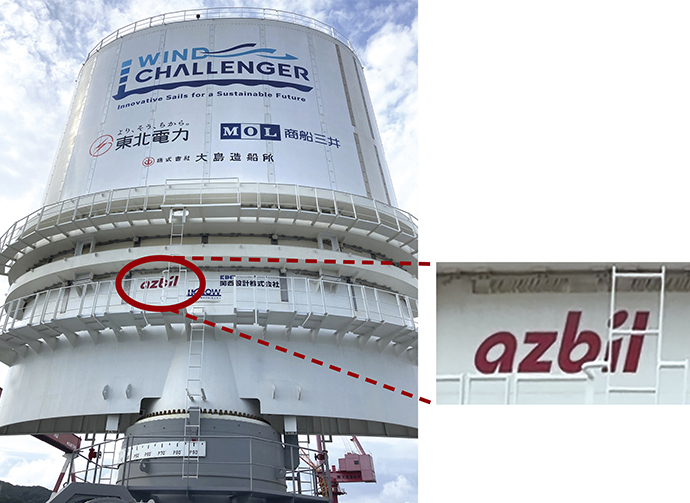
Azbil participates in Wind Challenger project, and the azbil logo is displayed on the innovative hard sail.
With completion of the first ship 13 years after conception, the dawn of brand-new sailing ship era
Azbil used the control logic for the expansion, contraction, and rotation of hard sails that had been developed as part of the Wind Challenger Project and implemented it in its Harmonas-DEO™ system to create the ship’s Integrated Automation System (IAS). Azbil’s participation in the operation of this ship equipped with the new hard sail technology was related to various aspects of control.
“The control system made by Azbil, which has a wealth of experience in the field of systems for ships, was grounded thoroughly in the concept of reliably preventing erroneous operation by crew members, and I think we have achieved a control system that is reassuring from the perspective of safe ship navigation, which is the most important thing,” says Mr. Mizumoto.
In addition to the system for properly controlling the hard sail, Azbil also built a system that links data collected by Harmonas-DEO on wind direction and strength with a weather routing system that assists the selection of an optimal route.
“Generally, weather routing systems predict the weather and sea conditions during a voyage and determine the optimal route, taking into consideration the desired time of arrival and safety, but Azbil has added data on wind, ocean waves, and tides surrounding the ship in order to create a guide to routing that optimizes fuel consumption,” says Mr. Mizumoto.
The hard sail and control system were completed in February 2022, and subsequent land tests confirmed that the sail could expand, contract, and rotate appropriately according to changes in wind direction and strength. After a sailing test in mid-September of the same year, the first ship equipped with a hard sail was completed in October. The ship began operation as a coal carrier for Tohoku Electric Power Co., Inc.
Mitsui O.S.K. Lines estimates that by installing a single hard sail, it is possible to reduce GHG emissions by approximately 5% on Japan-Australia routes and approximately 8% on Japan-North America west coast routes, compared to conventional ships of the same size. In addition, it is very attractive to be able to add other energy-saving and decarbonizing technologies, such as using clean alternative fuels. Preparations for a second ship with a hard sail are already underway.
“In the future, hard sails will be installed not only on our ships built at Oshima Shipyard, but also on various other ships. We are looking forward to the advent of an era when it is said that ships without sails are obsolete. Looking ahead to such a future, I would like to continue to have a strong partnership with Azbil,” says Mr. Mizumoto.
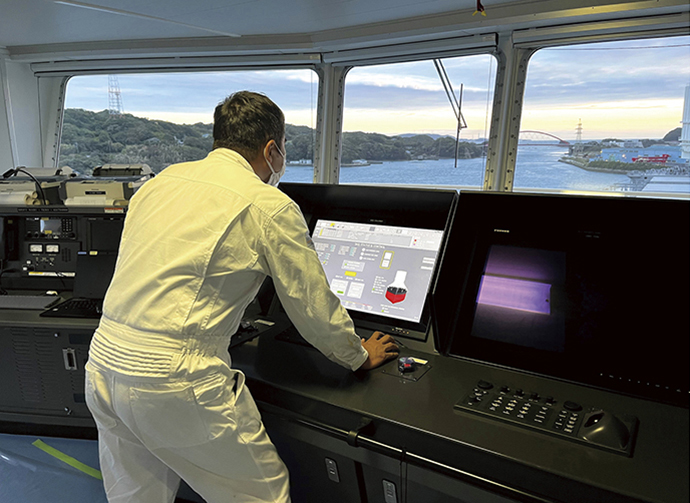
"IAS (Harmonas-DEO) installed in the pilot house. The condition of the hard sail, which is automatically controlled based on wind conditions, can be checked in real time. In an emergency, the operator can also operate the system manually.
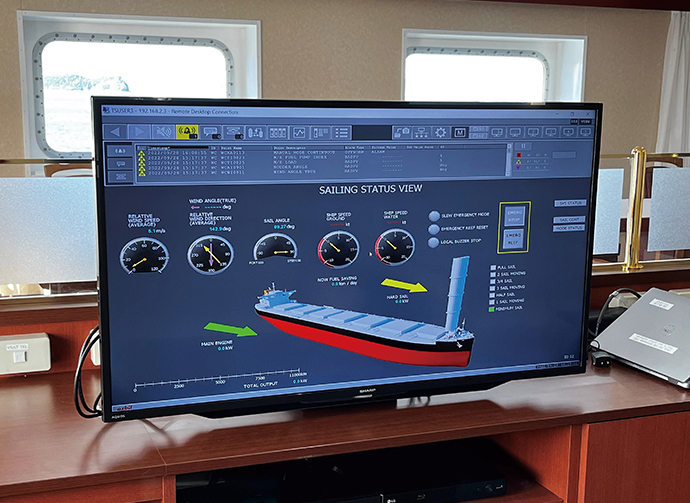
A large monitor installed in the officers’ mess, a cafeteria and conversation space on board. The status of the hard sail controlled by Harmonas-DEO is displayed, and guests who visit the room can check the status of the hard sail in the same way as in the pilot house.
glossary
*1LNG (Liquified Natural Gas)
Natural gas that is cooled to −162 °C and liquefied.
*2GreenHouse Gas (GHG)
A general term for gases in the atmosphere that cause a “greenhouse effect” by absorbing part of the infrared radiation emitted from the Earth’s surface.
*3Net zero emissions
Reduction of greenhouse gas emissions to net “zero.” Almost synonymous with carbon neutrality, this does not mean zero emissions, but rather that emissions minus absorption and removal equals zero.
Learn about the customer

Senior coordinator
Zero-Emission Technology
Innovation Team
Technical Division
Technology Innovation Unit
Wind Challenger Project
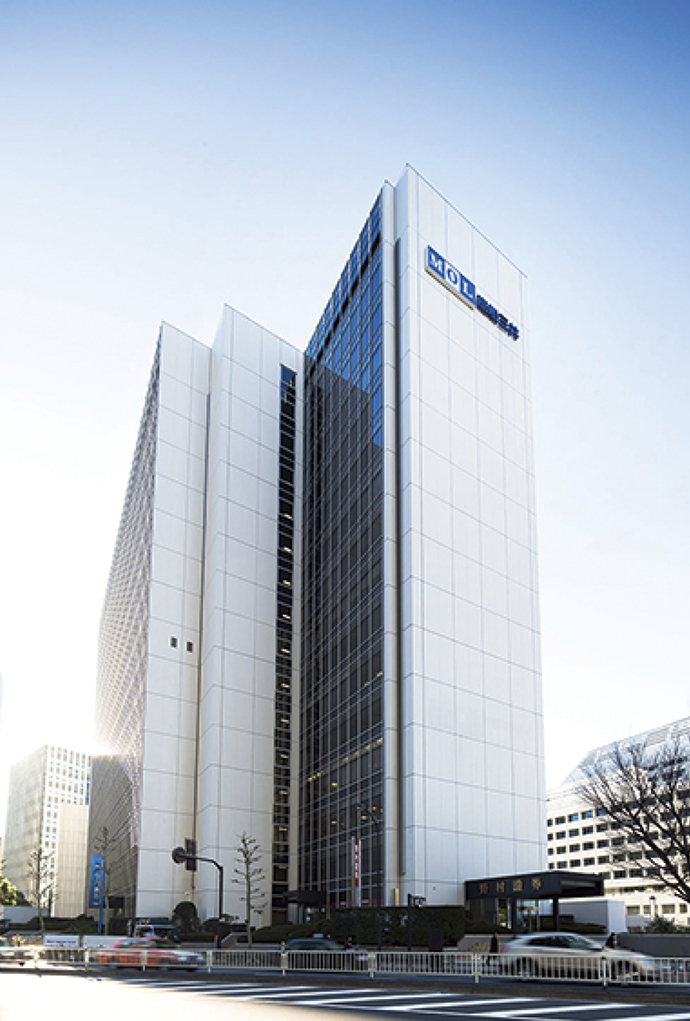
Mitsui O.S.K. Lines, Ltd.
- Location: 2-1-1 Toranomon, Minato-ku, Tokyo
- Start of business operations: December 28, 1942
- Business: Maritime transportation using dry bulk carriers, tankers, LNG carriers, car carriers, container ships, etc.; marine business, port and logistics business, etc.
This article was published in April 2023.

